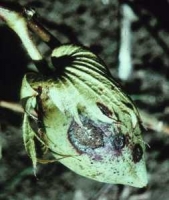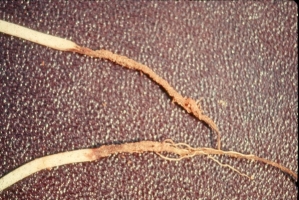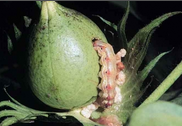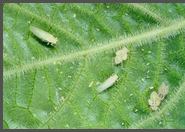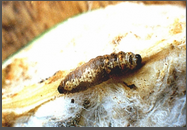Fertilizer Requirement (kg/acre)
| |
UREA |
DAP or SSP |
MOP |
| Varieties |
44 |
20 |
63 |
# |
| Bt and Non Bt |
90 |
40 |
120 |
#
|
Nutrient Requirement (kg/acre)
| |
NITROGEN |
PHOSPHORUS |
POTASSIUM |
| Varieties |
20 |
10 |
# |
| Bt and Non Bt |
40 |
20 |
#
|
Judicious use of fertilizers, irrigation and clean cultivation will prevent early buildup of pests and help conserve natural enemies of pests. To enhance subsidiary growth to have maximum number of boll bearing branches, cut the top of growing point of main branch at around 5 foot height. For Desi cotton varieties, apply Nitrogen@20kg/acre in form of Urea@44kg/acre and Phosphorus@10kg/acre in form of SSP@63kg/acre. For Hybrid cotton varieties, double the fertilizer doses i.e. apply40kg of Nitrogen and 20kg of Phosphorus per acre. Apply Potash on the basis of soil test results. Apply whole dose of phosphorus and Potash (if needed) and apply half of Nitrogen fertilizer in last ploughing before sowing. Apply remaining half dose of Nitrogen at the appearance of first flower. In case of Zinc deficient soil, mix Zinc Sulphate@10kg/acre before seed sowing thoroughly in soil.
WSF: 80-100 days after sowing, if no or poor flowering is observed then to enhanced flowering spray with Multi micronutrient fertilizer(Micnelf-32)@750gm/acre/150Ltr of water. In case bt varieties to improve yield, spray with 13:0:45@10gm or Potash@5gm/Ltr of water at evening time on 85, 95 & 105th days after sowing. Also to get higher yield, take alternate sprays of Potassium@10gm/Ltr and DAP@20gm/Ltr (2-3 sprays each at 15days interval from first blooming). Sometime flower and square drop is observed then to control flower drop and to obtain good yield spray with Planofix(NAA) @4ml and Micnelf-16 or 32@120gm, Magnesium Sulphate@150gm/15Ltr water. Due to bad weather effect boll drop is seen then to control, spray 00:52:34@100gm+Humic acid(>12%)@30ml+Sticker@6ml in 15 Ltr water thrice at 10days interval. Leaf reddening is deficiency observed now a day. It cause mainly due to lack of nutrient management. It can be corrected by proper fertilizer management. For that take foliar spray of MgSO4@1kg, followed by Urea@2kg in 100Ltr water.

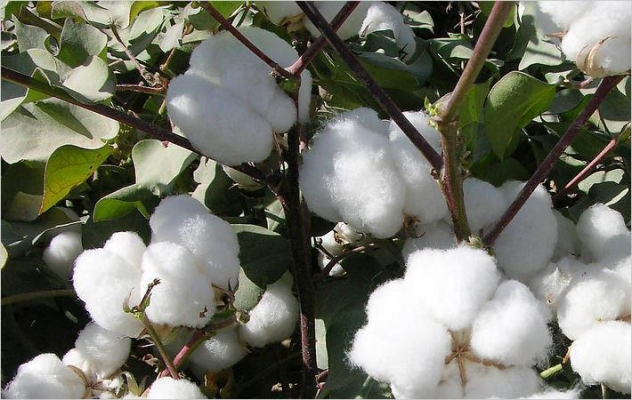




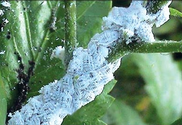




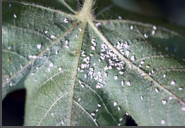
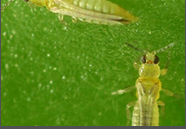
.png)
.png)
.png)
